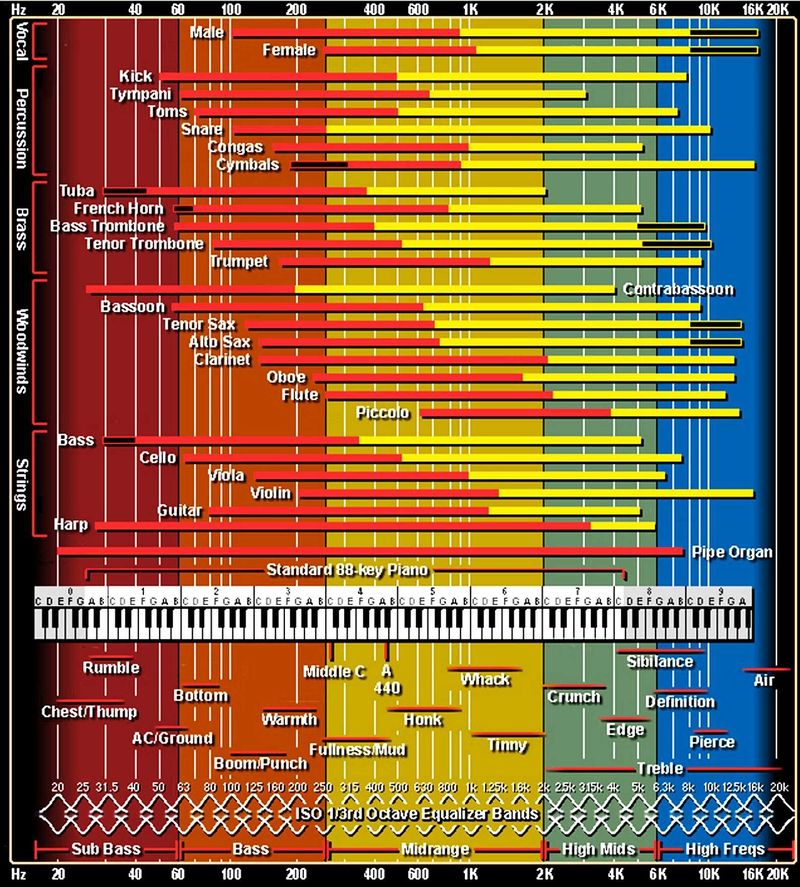This is the wiki for products made by Fractal Audio Systems, maintained by members of the community.
Difference between revisions of "Describing sound"
Jump to navigation
Jump to search
| Line 1: | Line 1: | ||
A common nomenclature for describing sound can be beneficial when communicating. It ensures we're all talking about the same thing. When you say "honk" and I say "honk" if we're not both talking about the frequencies that occur between 400 and 1000 Hz on the audio spectrum we're going to have a hard time communicating. | A common nomenclature for describing sound can be beneficial when communicating. It ensures we're all talking about the same thing. When you say "honk" and I say "honk" if we're not both talking about the frequencies that occur between 400 and 1000 Hz on the audio spectrum we're going to have a hard time communicating. | ||
| + | |||
| + | [https://www.youtube.com/watch?v=MnG4hBFVp3Q Wampler Pedals: 31 more ways to describe guitar tone] | ||
Here is an excellent reference for standard audio terms to help us all communicate more clearly. | Here is an excellent reference for standard audio terms to help us all communicate more clearly. | ||
Revision as of 18:26, 10 January 2022
A common nomenclature for describing sound can be beneficial when communicating. It ensures we're all talking about the same thing. When you say "honk" and I say "honk" if we're not both talking about the frequencies that occur between 400 and 1000 Hz on the audio spectrum we're going to have a hard time communicating.
Wampler Pedals: 31 more ways to describe guitar tone
Here is an excellent reference for standard audio terms to help us all communicate more clearly.
